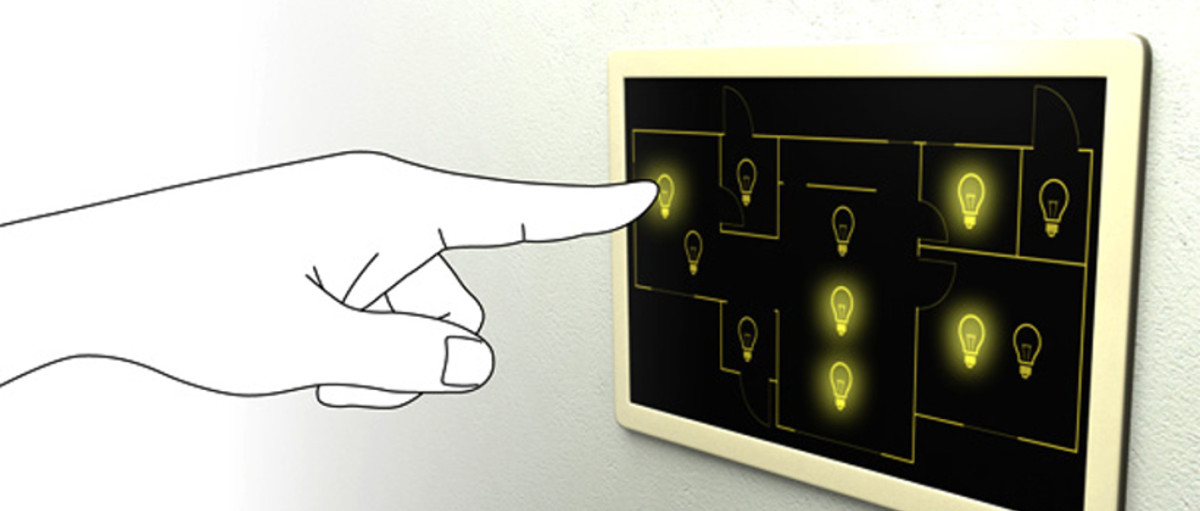Lighting Control System: Wired vs. Wireless
Wondering what type of lighting control system is right for you?
When you’re thinking about adding a lighting control system to a space there are a few things you want to first consider
1. Is it an existing space or new construction?
2. What is your budget?
3. Are aesthetics important in the space?
4. How many circuits are there?
5. What features are important to you?
Once you have answered these questions, you’ll have a better idea what you are looking for. Now we can get into what the pros and cons are of each system.
Wired Lighting Control System
A wired lighting control system is when all the circuits in a home are centralized to one location. This option allows for cleaner wiring in the walls. If you are working in a space that has many lighting circuits, a centralized system allows you to have one elegant keypad in the space to control all the lights rather than a bank of 5 or 6 switches on the wall. A wired system is also more reliable than a wireless system because all the lights and keypads are hard wired which eliminates the potential for communication issues.
The downside of a wired system is the planning and cost involved in the project. These lighting control systems require complex wiring and a more well planned installation. Because this option is a permanent system, planning and project management in the early stages of the project are very important. A wired system can give you more control and flexibility which requires expensive electronics, making this system the more expensive of the two.
Wireless Lighting Control System
A wireless lighting control system is when your current toggle switches are swapped out for wirelessly controlled dimmers, switches, and keypads. They communicate with a processor that can be easily hidden in a closet or utility room. The cost and planning required for a wireless lighting system is lower than a centralized system. There is no need to cut open walls and run cable, which makes this a great lighting control option for retro-fit projects. If you are trying to stay within a certain budget, the cost of the dimmers, keypads, and processor are less expensive than those of a wired system. A wireless system also requires less planning and installation time so a system can be up and running in less than a day.
The downside of a wireless system are occasional interruptions in communications from one device to another. When a wireless system is installed in a home we always make sure the dimmers, keypads, and processor are within range of each other but occasionally we still run into communications issues. For example, some older homes may be constructed with metal wire within the walls which can weaken or interrupt the wireless signals.
Both systems have their benefits and drawbacks, so your selection depends on what is important to you and your family. Both systems can give you total control of your lights with great features like control from your phone or tablet, recalling of scenes, and timers.
For more information on selecting a lighting control systems for your home or business please submit your information below and I will personally get back to you!

